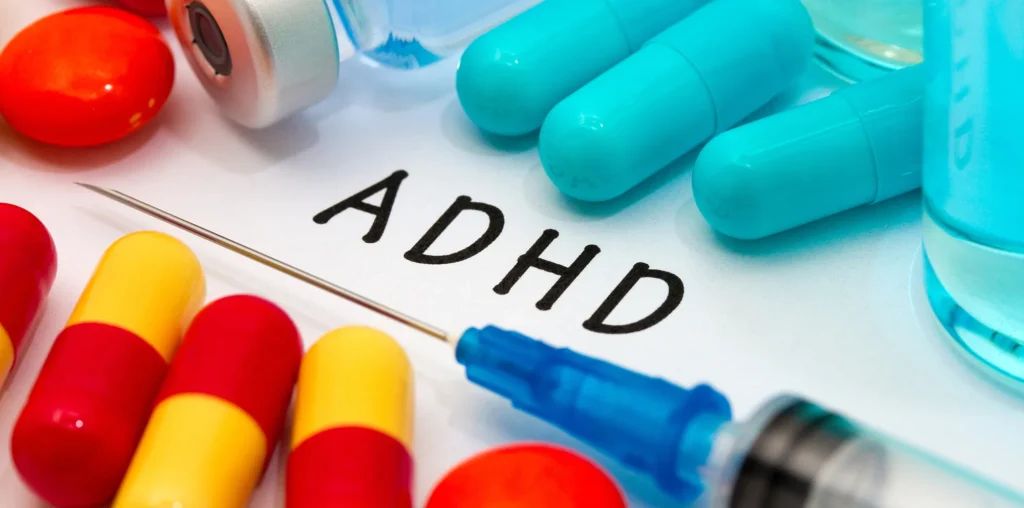Attention Deficit Hyperactivity Disorder (ADHD) presents unique challenges related to attention, organization, and impulse control. However, many individuals with ADHD also possess remarkable creativity and resourcefulness. Leveraging these strengths through creative strategies can help enhance focus and productivity. This article explores innovative approaches to managing ADHD effectively.
1. Gamify Tasks
Turning mundane tasks into games can make them more engaging and enjoyable:
Point Systems: Create a point system for completing tasks. Reward yourself with points for each completed task, and set milestones for larger rewards, such as a favorite activity or treat.
Challenges: Set daily or weekly challenges for yourself. For example, see how many tasks you can complete in a certain time frame or try to beat your previous record.
2. Visual Organization Tools
Visual aids can help organize thoughts and tasks more effectively:
Mind Maps: Use mind maps to brainstorm and organize ideas visually. This method allows you to see connections between concepts and can be particularly useful for projects or studying.
Bullet Journals: Create a bullet journal to track tasks, appointments, and goals. The visual layout can make it easier to stay organized and motivated.
3. Incorporate Movement Breaks
Physical activity can enhance focus and reduce restlessness:
Active Breaks: Schedule short, frequent breaks for movement. Activities like stretching, walking, or even dancing can help reset your focus and boost energy.
Walking Meetings: If possible, conduct meetings or brainstorming sessions while walking. This change of scenery can stimulate creativity and increase engagement.
4. Use Technology Wisely
There are many tools and apps designed to aid focus and organization:
Task Management Apps: Consider using apps like Todoist, Trello, or Asana to keep track of tasks and deadlines. These platforms offer reminders and visual organization that can help maintain focus.
Focus-Enhancing Apps: Try apps like Forest or Focus@Will, which promote concentration through time management techniques or background music designed to enhance focus.
5. Set Up a Creative Workspace
Design your environment to inspire focus and creativity:
Declutter and Organize: A tidy workspace can reduce distractions. Organize materials and tools in a way that makes them easily accessible.
Incorporate Stimulating Elements: Personalize your space with items that inspire you, such as art, plants, or motivational quotes. Create a balance between stimulating elements and a calm atmosphere.
6. Practice Mindfulness and Meditation
Mindfulness techniques can help center your thoughts and reduce impulsivity:
Mindfulness Exercises: Incorporate short mindfulness practices, such as deep breathing or guided meditations, into your daily routine. Apps like Headspace or Calm can provide structured sessions.
Body Scans: Use body scan techniques to tune into physical sensations and emotions, promoting relaxation and awareness.
7. Establish a Flexible Routine
While structure is essential, flexibility can accommodate the dynamic nature of ADHD:
Time Blocks: Use time-blocking techniques to allocate specific periods for tasks, allowing for flexibility within those blocks. For instance, set aside 25 minutes for focused work, followed by a 5-minute break.
Adjustable Goals: Set adjustable goals for the day. If you find that a task is taking longer than expected, reassess and adapt your plan instead of feeling discouraged.
8. Engage in Creative Outlets
Explore creative hobbies that can channel your energy and focus:
Artistic Activities: Engage in drawing, painting, or crafting to express creativity. These activities can also serve as effective stress relievers.
Writing and Journaling: Write stories, poems, or keep a journal. Writing can provide an outlet for thoughts and emotions, enhancing focus through structured expression.
9. Utilize the Pomodoro Technique
This time management method can help maintain focus and productivity:
Work in Intervals: Use the Pomodoro Technique by working for 25 minutes, followed by a 5-minute break. After completing four cycles, take a longer break (15-30 minutes). This structure can help maintain focus while allowing for rest.
10. Connect with Supportive Communities
Finding community can provide encouragement and accountability:
Support Groups: Join ADHD support groups, either in person or online, to share experiences and strategies with others who understand your challenges.
Collaborative Projects: Engage in collaborative projects with friends or colleagues. Working with others can provide motivation and diverse perspectives.
Conclusion
Finding focus with ADHD can be challenging, but creative strategies can turn potential obstacles into opportunities for growth. By gamifying tasks, utilizing visual organization tools, incorporating movement, and practicing mindfulness, individuals with ADHD can enhance their focus and productivity. Embracing creativity in daily routines not only makes the process more enjoyable but also leverages the unique strengths that often accompany ADHD. With the right tools and strategies, individuals can navigate their challenges effectively and unlock their full potential.


